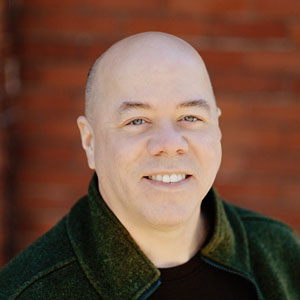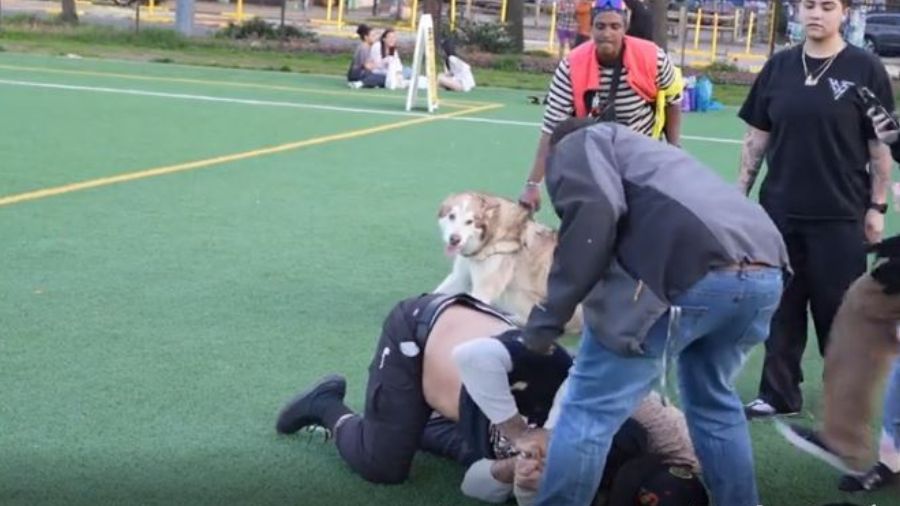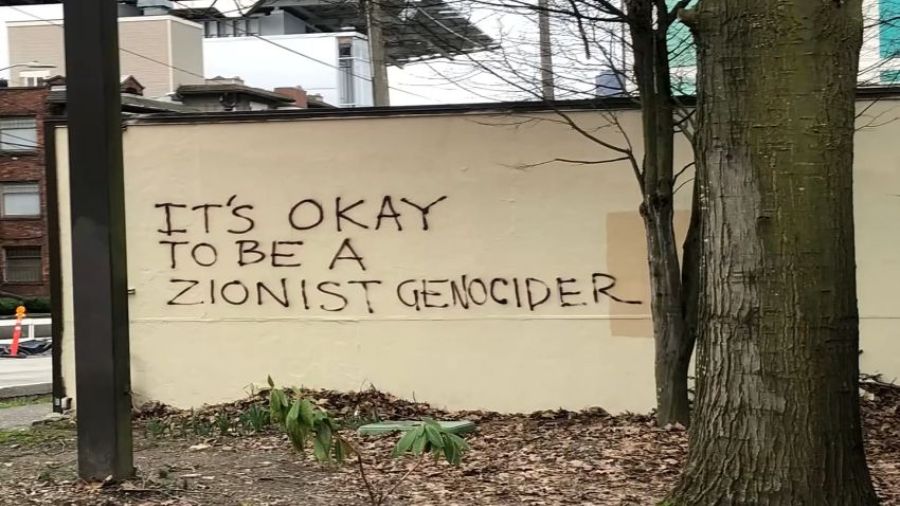Forget Washington’s east-west divide; the real fight is rural vs urban
Feb 6, 2018, 5:40 AM | Updated: 10:36 am

(File, AP Photo/Elaine Thompson)
(File, AP Photo/Elaine Thompson)
For decades, pollsters have called it the Cascade Curtain, the apparent voting-habit divide between Western and Eastern Washington. Eastern Washington votes Republican, the idea goes, while the state’s Pacific coast and Puget Sound counties tilt liberal.
Cannabis sellers find an ally in fights over gun rights
At its best, the theory was only ever partially true. Dan Evans, a Republican former governor and U.S. Senator, hailed from Seattle. Gov. Jay Inslee, a Democrat, first won office in Yakima. But the curtain broadly worked to describe political distinctions on either side of the seam of mountains that divide the state.
But it might be time to shove aside that curtain for good, political scientists say. Recent voter polls, election results, and economic data reveal that Washington’s divide now is urban and rural, not east-west.
Stuart Elway, who has studied voting habits in Washington State since 1975, said the shift became abundantly clear in the 2016 elections and more so with every poll he’s done since. Coastal counties that had not voted for a Republican since Herbert Hoover voted for Donald Trump.
“What happened this last time, in 2016, was that Republicans – Trump particularly – carried some counties along the Washington coast,” said Elway, who runs the nonpartisan Elway Research Inc. “Grays Harbor, Pacific, Cowlitz.
“It got people thinking that there was much more going on than this east-west divide. It’s complicated; we organize our politics by interest but our government is organized by geography.”
The president carried 27 of the 39 counties in the state but only for a total of 38 percent of the vote. “We’re in a state where 54 percent of the voters live in four counties around Puget Sound,” he said.
The least prosperous counties turned to Donald Trump, he added. Trump carried, 25 of the 26 least prosperous counties. This created another odd effect: According to state budget numbers, there are only six counties in Washington that are net contributor or “donor” counties. In other words, they generate more revenue than they take from the state budget. (King, Pierce, and Snohomish are among them.)
The rest are net recipients. But voter perception, he said, doesn’t match reality. Voters in the least prosperous counties – such as Ferry County, for example – generally feel like local tax dollars are headed away to fund social programs in urban centers.
“It’s a big theme — in Eastern Washington particularly,” Elway said. “When we’ve asked people about that, people in the recipient counties, only 12 percent correctly answer that their county gets more back than they put in.”
Politicians know that there is real resentment built on the inaccurate notion that hard-working rural residents are funding urban services. “That sentiment has been used and exploited,” he said. But when political scientists look deeper, that isn’t the whole reason for the urban-rural divide.
Within Elway’s and other’s polls, the perception about root causes of poverty, for example, vary sharply depending on if the respondent lives in a city or a rural area. Generally, rural respondents see poverty as stemming from a lack of effort and urban respondents see it as “circumstances beyond (a person’s) control.”













